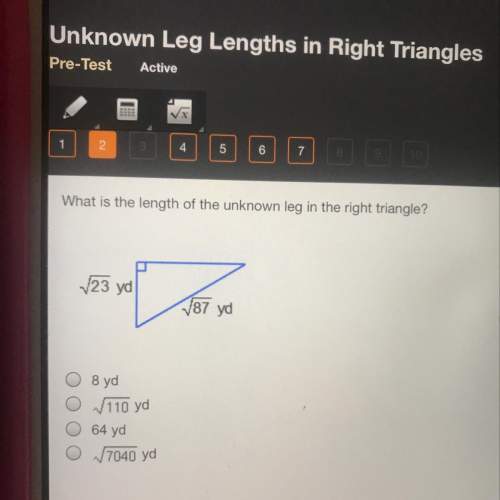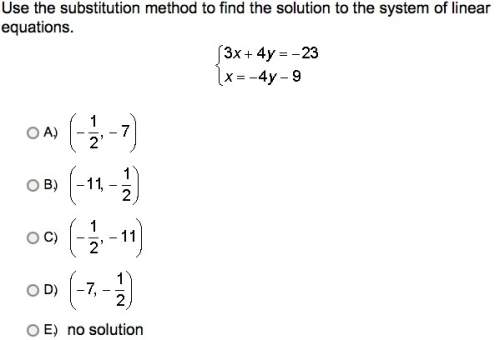The inverse supply and demand curves in a market are given by:
PS = 2 p
Q
PD =
12...

Mathematics, 15.12.2020 05:10 maggie9459
The inverse supply and demand curves in a market are given by:
PS = 2 p
Q
PD =
128
√
Q
where P and Q are prices and quantities, and subscripts S and D denote supply
and demand, respectively.
(a) [4 marks] Determine the equilibrium price and quantity in this market.
(b) [5 marks] Calculate Consumer Surplus at the equilibrium position.
(c) [8 marks] Calculate the price elasticity of demand at Q = 4 and Q = 16.
Interpret your answer.
Suppose that the government imposes an ad-valorem tax of 28% on the sales of
this good.
(e) [5 marks] Find the post-tax equilibrium quantity in this market.
(f) [8 marks] Determine the deadweight loss of the tax (round your answer to 2
decimal places).

Answers: 2


Another question on Mathematics

Mathematics, 21.06.2019 18:10
which of the following sets of data would produce the largest value for an independent-measures t statistic? the two sample means are 10 and 20 with variances of 20 and 25 the two sample means are 10 and 20 with variances of 120 and 125 the two sample means are 10 and 12 with sample variances of 20 and 25 the two sample means are 10 and 12 with variances of 120 and 125
Answers: 2

Mathematics, 21.06.2019 20:10
Complete the solution of the equation. find the value of y when x equals -5. -4x - 8y = -52
Answers: 2


Mathematics, 21.06.2019 22:30
Which of the following graphs could represent a quartic function?
Answers: 1
You know the right answer?
Questions

Physics, 30.12.2019 19:31





Biology, 30.12.2019 19:31





Mathematics, 30.12.2019 19:31


Mathematics, 30.12.2019 19:31

Mathematics, 30.12.2019 19:31

History, 30.12.2019 19:31









